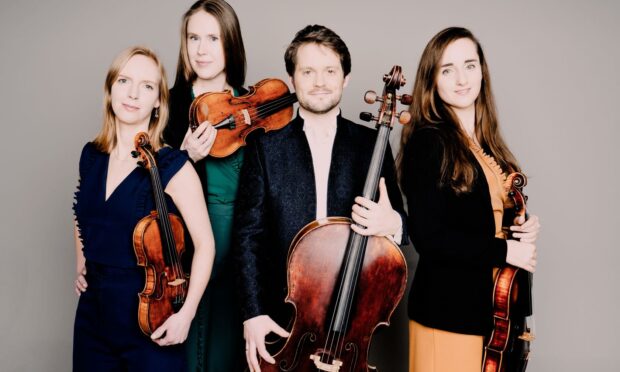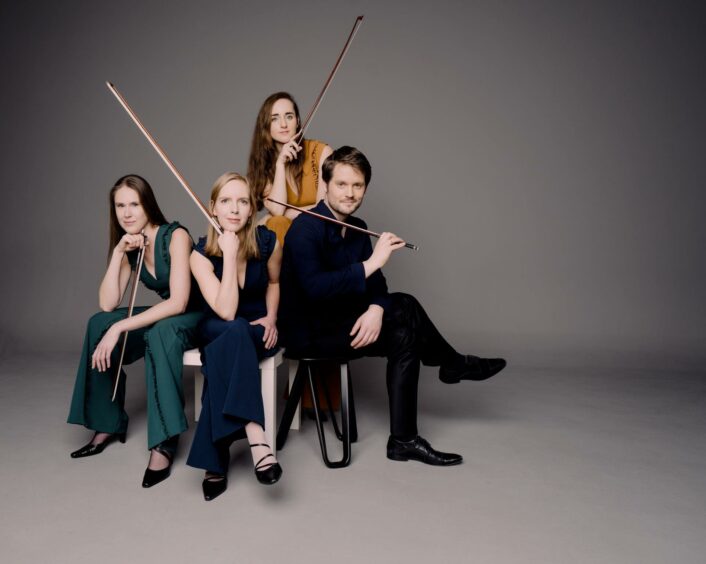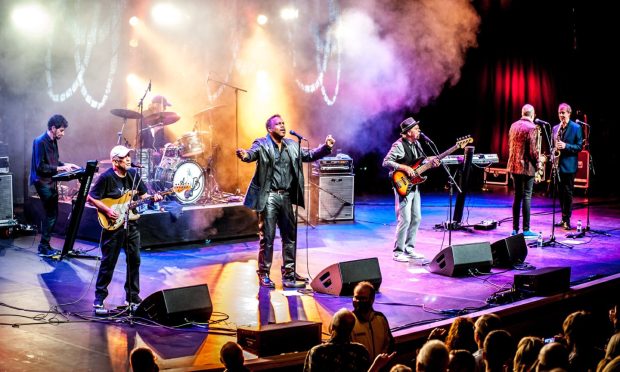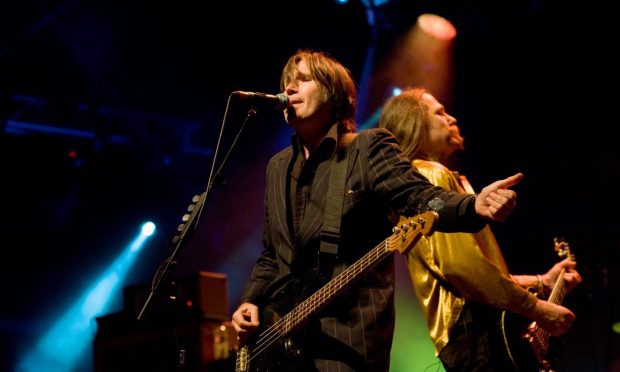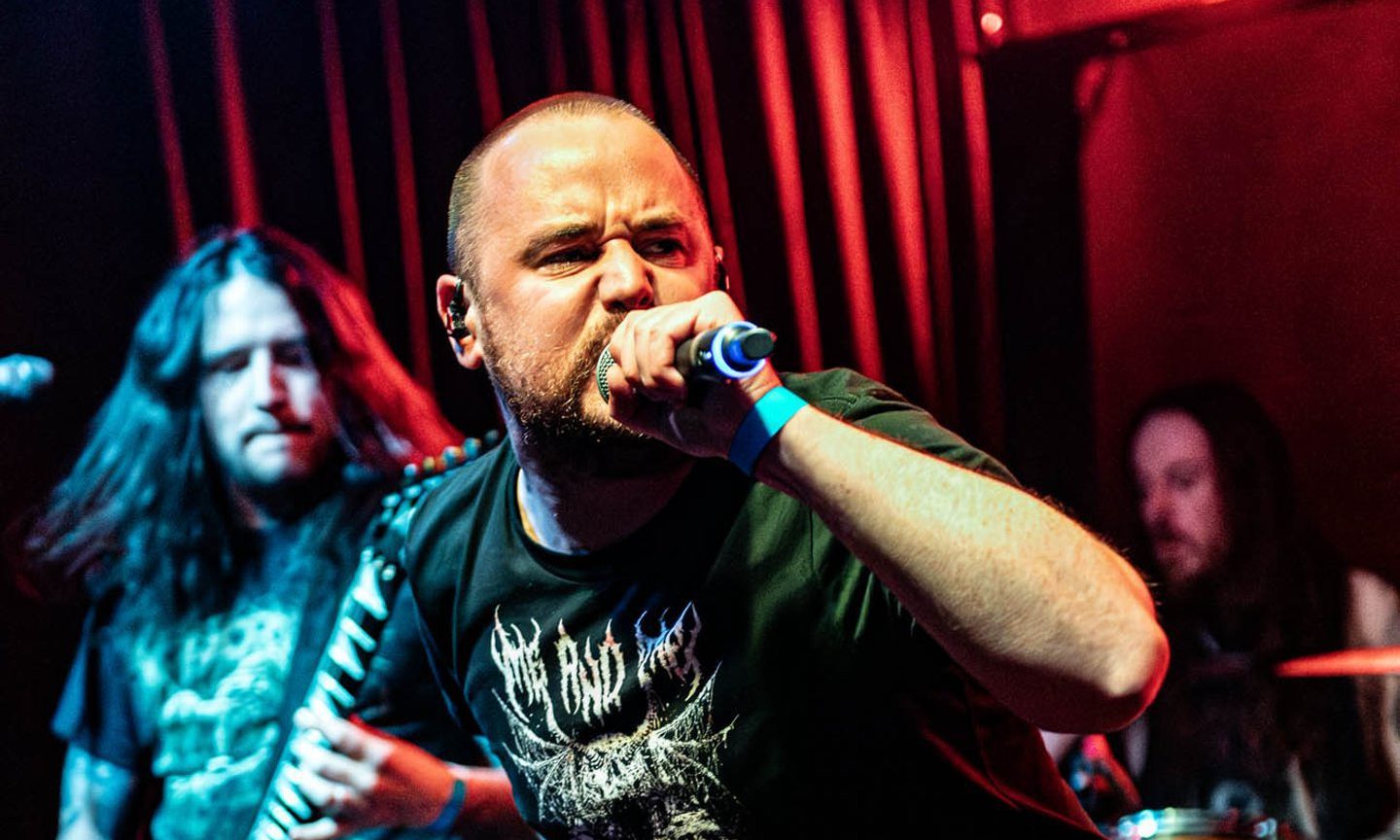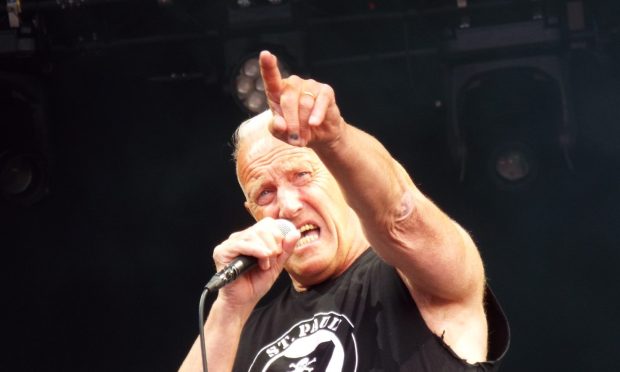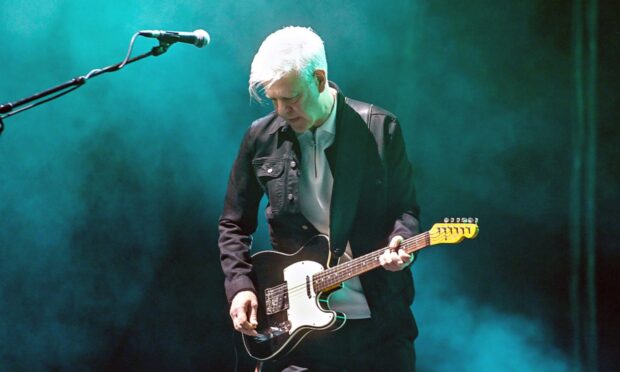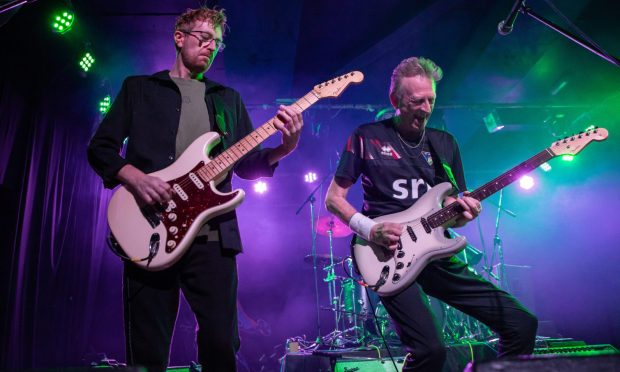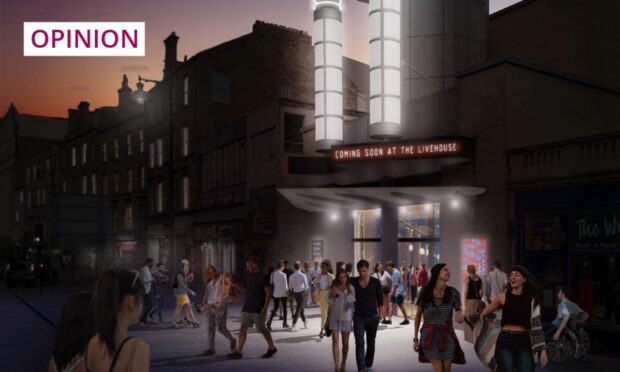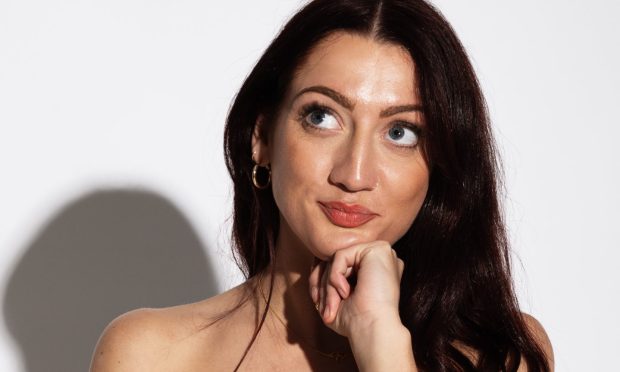If there’s any drought in classical music, it’s not that of young, vibrant and virtuosic string quartets.
They inject youthful exuberance into a mix of mature interpretation and dazzling skill, and if any quartet fits that description, it’s a Dutch foursome called the Dudok Quartet Amsterdam.
They are named after a Dutch architect with a love for music and a penchant for composing.
Creative and fresh
The quartet have made a name for themselves with innovative and imaginative programming.
I wouldn’t call a programme of Haydn and Brahms particularly innovative as their quartets are part of the standard repertoire.
But I would call their performances in the Marryat Hall on Tuesday night quite outstanding.
The performers also added some education to the evening, demonstrating and explaining the three different bows they’d use throughout the performance – baroque, classical and modern.
Some of the audience would have been unaware of the differences but would have left with that bit more knowledgeable about the subtleties behind stringed instruments.
Focus on Haydn and Brahms
But before and after the main events the quartet added some baroque – courtesy of Sweelink – and a short tailpiece from Shostakovich.
Certainly, a four-century divide, and appealing they might have been, but focus should be on the Haydn and Brahms works and rightly so.
Both were brilliantly played and both offered the same appeal. Haydn is known as the “father of the string quartet” but he has one or two “grandsons” who continued the genre but in his or her way. Such was Brahms.
It might have taken him a while to adopt the skills of string ensemble composing, but what he came up with added another layer to what Haydn had provided some 100 years before.
There was more depth in texture, there was more imagination in the standard four-movement form and there was more passion, more variety, more drama.
Mood and pace
What the two quartets did have in common were the mood and pace of the outer movements – energetic, bright and effervescent. Brahms’ third movement Agitato also falls into the same category.
Such similarity ended in the slow movements each composer had to offer, and if I had to choose from them the Brahms won by a mile.
Haydn’s was a movement that had some substance but seemed to meander along without really going anywhere. Brahms’ Andante was, in one word, exceptional.
Masterful performance
Putting any differences aside, what was constant throughout the evening was the performance of the quartet.
Astute interpretation, the wonderful “oneness” that typifies any world class chamber music ensemble and blistering technique and musicianship.
Dundee Chamber Music’s season ended with this scintillating concert and they really went out in style. Next season is one to look out for with relish.
